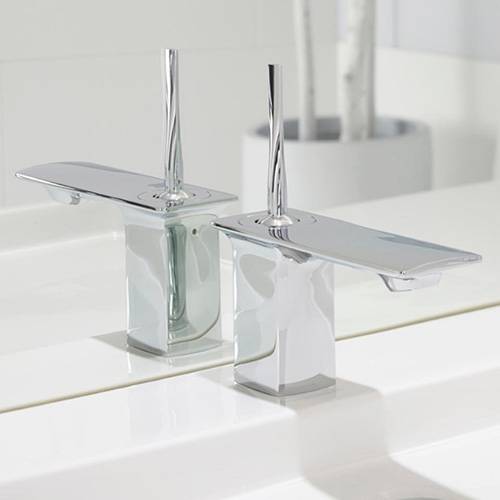
-
 Afrikaans
Afrikaans -
 Albanian
Albanian -
 Amharic
Amharic -
 Arabic
Arabic -
 Armenian
Armenian -
 Azerbaijani
Azerbaijani -
 Basque
Basque -
 Belarusian
Belarusian -
 Bengali
Bengali -
 Bosnian
Bosnian -
 Bulgarian
Bulgarian -
 Catalan
Catalan -
 Cebuano
Cebuano -
 Corsican
Corsican -
 Croatian
Croatian -
 Czech
Czech -
 Danish
Danish -
 Dutch
Dutch -
 English
English -
 Esperanto
Esperanto -
 Estonian
Estonian -
 Finnish
Finnish -
 French
French -
 Frisian
Frisian -
 Galician
Galician -
 Georgian
Georgian -
 German
German -
 Greek
Greek -
 Gujarati
Gujarati -
 Haitian Creole
Haitian Creole -
 hausa
hausa -
 hawaiian
hawaiian -
 Hebrew
Hebrew -
 Hindi
Hindi -
 Miao
Miao -
 Hungarian
Hungarian -
 Icelandic
Icelandic -
 igbo
igbo -
 Indonesian
Indonesian -
 irish
irish -
 Italian
Italian -
 Japanese
Japanese -
 Javanese
Javanese -
 Kannada
Kannada -
 kazakh
kazakh -
 Khmer
Khmer -
 Rwandese
Rwandese -
 Korean
Korean -
 Kurdish
Kurdish -
 Kyrgyz
Kyrgyz -
 Lao
Lao -
 Latin
Latin -
 Latvian
Latvian -
 Lithuanian
Lithuanian -
 Luxembourgish
Luxembourgish -
 Macedonian
Macedonian -
 Malgashi
Malgashi -
 Malay
Malay -
 Malayalam
Malayalam -
 Maltese
Maltese -
 Maori
Maori -
 Marathi
Marathi -
 Mongolian
Mongolian -
 Myanmar
Myanmar -
 Nepali
Nepali -
 Norwegian
Norwegian -
 Norwegian
Norwegian -
 Occitan
Occitan -
 Pashto
Pashto -
 Persian
Persian -
 Polish
Polish -
 Portuguese
Portuguese -
 Punjabi
Punjabi -
 Romanian
Romanian -
 Russian
Russian -
 Samoan
Samoan -
 Scottish Gaelic
Scottish Gaelic -
 Serbian
Serbian -
 Sesotho
Sesotho -
 Shona
Shona -
 Sindhi
Sindhi -
 Sinhala
Sinhala -
 Slovak
Slovak -
 Slovenian
Slovenian -
 Somali
Somali -
 Spanish
Spanish -
 Sundanese
Sundanese -
 Swahili
Swahili -
 Swedish
Swedish -
 Tagalog
Tagalog -
 Tajik
Tajik -
 Tamil
Tamil -
 Tatar
Tatar -
 Telugu
Telugu -
 Thai
Thai -
 Turkish
Turkish -
 Turkmen
Turkmen -
 Ukrainian
Ukrainian -
 Urdu
Urdu -
 Uighur
Uighur -
 Uzbek
Uzbek -
 Vietnamese
Vietnamese -
 Welsh
Welsh -
 Bantu
Bantu -
 Yiddish
Yiddish -
 Yoruba
Yoruba -
 Zulu
Zulu
control arm types
Understanding Control Arm Types in Automotive Engineering
Control arms play a crucial role in the suspension system of vehicles, ensuring a smooth ride and maintaining the alignment of the wheels relative to the vehicle body. The design and functionality of control arms can significantly influence a car's handling, comfort, and stability. This article delves into the various types of control arms used in automotive engineering.
Types of Control Arms
1. Upper and Lower Control Arms Most vehicles utilize both upper and lower control arms, which form part of a double wishbone suspension system. The upper arm connects the vehicle chassis to the top of the wheel assembly, while the lower arm connects the chassis to the bottom of the wheel assembly. This dual-arm setup allows for better wheel movement, provides improved handling during sharp turns, and promotes better tire contact with the road.
2. A-Arm Control Arms A-arm control arms are commonly found in independent suspension systems. Their shape resembles the letter A, with two arms extending to form a triangular structure. This design provides excellent strength and rigidity, which helps maintain wheel alignment during different driving conditions. A-arms are prevalent in performance and off-road vehicles due to their ability to absorb shocks and enhance stability.
control arm types

3. Multi-Link Control Arms As the name suggests, multi-link control arms employ multiple linkages to connect the wheels to the vehicle's chassis. This configuration allows for greater flexibility in wheel movement and better handling characteristics. Multi-link systems are often used in luxury cars and high-performance vehicles, where ride comfort and driving dynamics are paramount. Their ability to adjust camber during cornering improves tire grip and overall stability.
4. MacPherson Strut Control Arms MacPherson strut setups employ a simpler design that combines a shock absorber with a control arm as a single unit. This type is prevalent in many compact and mid-size cars due to its efficient use of space and cost-effectiveness. However, while easier to manufacture, MacPherson strut control arms may compromise some handling performance compared to more complex systems.
5. Adjustable Control Arms Some vehicles come equipped with adjustable control arms, allowing technicians to alter the vehicle's suspension geometry for finer tuning of handling characteristics. This feature is often favored in motorsports or by auto enthusiasts who seek to customize their vehicles for specific driving conditions.
Conclusion
Control arms are an integral component of a vehicle's suspension system, influencing performance, safety, and ride quality. Understanding the different types of control arms—upper and lower, A-arms, multi-link, MacPherson strut, and adjustable control arms—can help both consumers and automotive professionals make informed decisions about vehicle maintenance and modifications. As technology advances, the design and functionality of control arms continue to evolve, promising even better handling and driving experiences for future vehicles.







